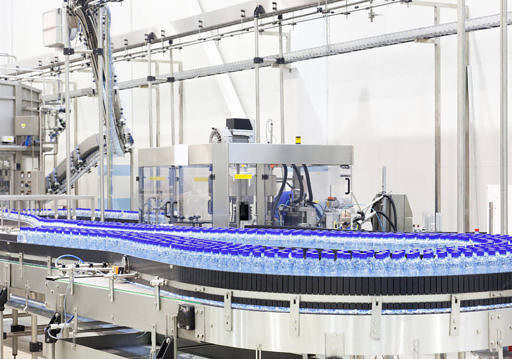Request a qoute.

Cost-effective and sustainable solutions for bottle rinsing without chemicals
Bottle rinsing with ozone was one of the first ozone applications for industrial use. It was an attractive alternative to chemicals and heat. Today, it is widely used as an integrated part of complete bottle rinsing and filling machines.
Bottle rinsing with ozone
In cases where non-sterilized bottles are used to contain beer, soda, or water, the interior surfaces of the bottles must be sanitized or pasteurized after the filling process. This is particularly crucial for reusable bottles that are not supplied in a sterilized state by the supplier.
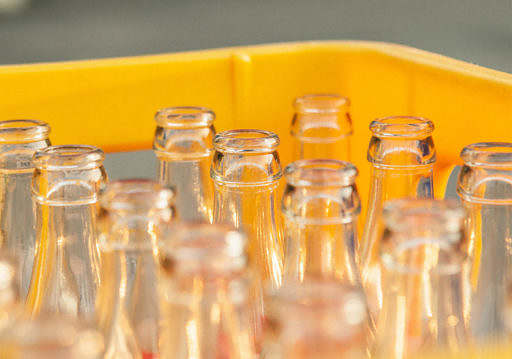
Ozone versus chemicals
While some disinfection chemicals are common in the brewery industry, such as peracetic acid or hypochlorite, they leave residues after use which inevitably affect taste and product quality. Such chemicals can be removed by rinsing, however this may introduce unwanted particles or microorganisms which occur naturally in the supply water. Ozone use for bottle or can rinsing will solve both of these potential problems.
Ozone is the most effective commercially available disinfectant for industrial use. Hence, at very low concentrations it will sanitize bottle surfaces quickly. In addition, it leaves no chemical by-products which eliminates the risk for spoilage, no chemical transportation or additional storage spaces needed. You can read more about ozone as a sanitizer at our Disinfection web page
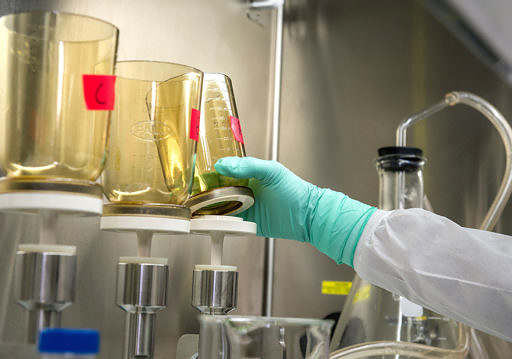
Ozone versus heat
In many cases, bottles and cans are pasteurized at temperatures up to 100 °C (212 °F) following beverage filling for a number of minutes.
This ensures that unwanted microorganisms are inactivated. Bacteria and other microbes are the major cause spoilage. While heat is an effective way to ensure product quality, it may affect unique tastes and aromas. Ozone offers and alternative which preserves the brew without chemicals or heat. Since ozone is applied cold, it is a major cost-saving operation compared to energy intensive pasteurization.
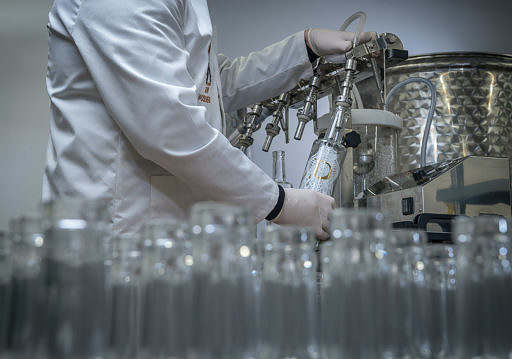
Practical use
Ozone concentration and time of sanitation should be suitably balanced during bottle rinsing. The concentration and time, referred to as the CT value in min.mg/L, to inactivate potential bacteria inside the bottles or the supply water depends on the what strains of microorganisms. Normally actual ozone concentration during application should not exceed 1 ppm and should not be lower than 0.2-0.4 ppm to achieve effective results with at least 3 log reduction of spores, bacteria or protozoa. Ozone infused water is sprayed into the bottles through a built in nozzle. The ozone quickly reverts to its natural state: oxygen and does not elevate the oxygen levels that would normally be found in typical tap water.
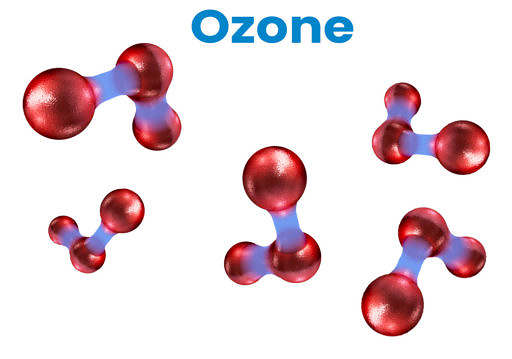
Ozone-based sanitation for filling machines
Just like other process equipment such as fermentation tanks, pipes and valves, an ozone system is equally effective for the filling machine itself. Visit our CIP & Process Equipment sanitation web page to find out how.
Mellifiq’s ozone systems RENA Vivo has been especially designed to produce suitable ozone concentrations in an efficient and safe manner, readily applicable for sanitation of piping and other mechanical components inside the filling machine.
